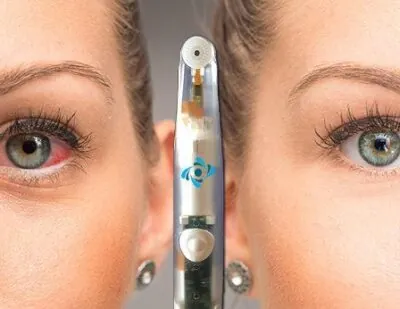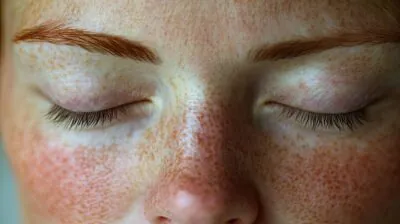Blepharitis: Symptoms, Causes, and Treatment
- Vision
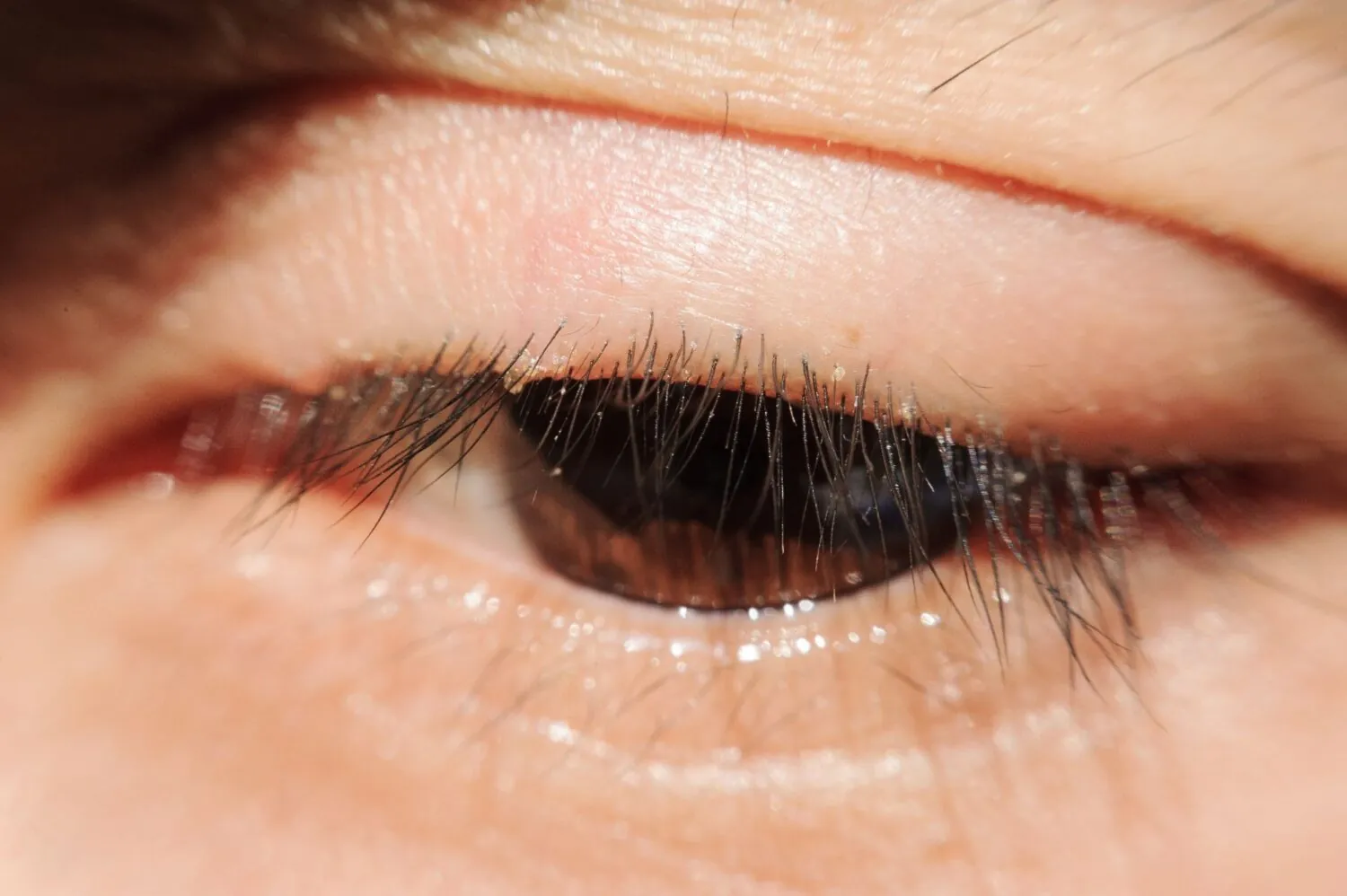
Do your eyelids often feel itchy, inflamed, or crusty, especially first thing in the morning? You might be dealing with blepharitis, a common and often chronic condition that affects the edges of the eyelids. While it’s not contagious or typically sight threatening, blepharitis can be uncomfortable and persistent if not properly managed.
In this blog, we’ll explore the different types of blepharitis, discuss the most common causes, and outline treatment strategies to help you take control of your eye health.

Types of Blepharitis
Blepharitis isn’t a one size fits all diagnosis. There are two main types, anterior and posterior, and identifying which you’re experiencing is key to managing symptoms effectively.
Anterior Blepharitis
This form affects the outer part of the eyelid, right at the base of the eyelashes. It’s often caused by bacteria or underlying skin conditions like dandruff. Common symptoms include red, irritated eyelids, flaky skin, and crusting around the lashes.
Posterior Blepharitis
Posterior blepharitis involves the inner edge of the eyelids, where it meets the surface of the eye. It’s usually linked to meibomian gland dysfunction, where the small oil glands become blocked or inflamed. This type is frequently associated with skin conditions like rosacea and can contribute to symptoms of dry eyes.
Some people can experience a combination of both types, which can make management complex, however, still achievable with the right approach.
What causes Blepharitis?
Blepharitis can develop for several reasons, often it’s a combination of factors. Here are some of the most common underlying causes:
- Bacterial overgrowth– normally harmless bacteria on the skin can multiply if lid hygiene is poor, leading to inflammation.
- Meibomian gland dysfunction– blocked or inflamed oil glands affect the quality of your tear film, resulting in irritation.
- Seborrheic dermatitis– a skin condition that causes flaking and redness, often extending from the scalp or eyebrows to the eyelids.
- Rosacea– a chronic inflammatory skin disorder frequently affecting the eyes and eyelids.
- Allergies or irritants– eye makeup, contact lens solutions, and environmental allergens can all contribute to lid inflammation.
- Demodex mites– microscopic mites that live in hair follicles, especially around the eyelashes, can be a hidden cause, especially in older adults.
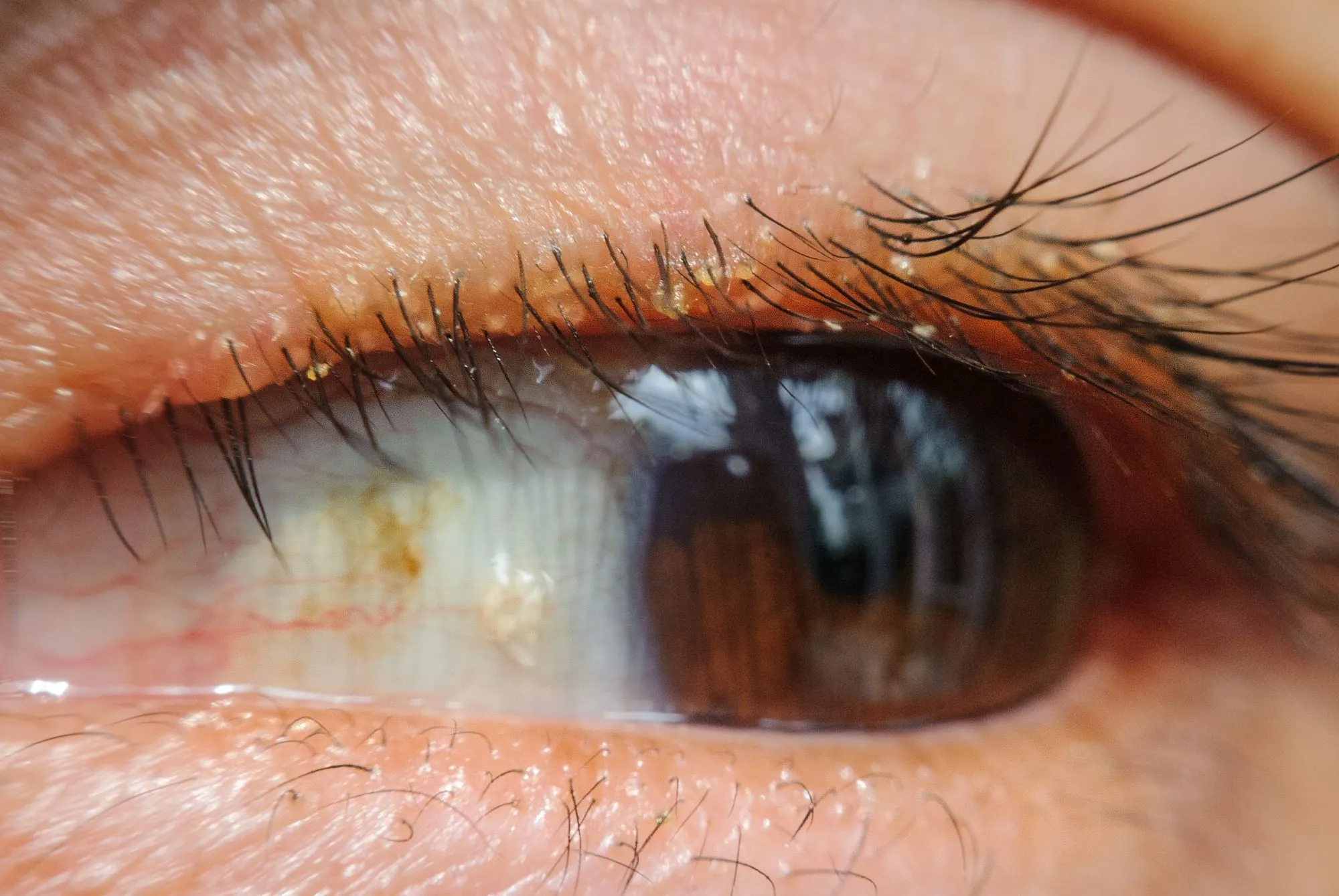
Treatment Options for Blepharitis
While there’s no outright cure for blepharitis, consistent care can significantly reduce symptoms and prevent flare ups. Treatments typically involve:
- Daily eyelid hygiene– use a warm compress to loosen debris, followed by a gentle cleaning with diluted baby shampoo or dedicated eyelid wipes to clear away bacteria and oil build up.
- Lubricated eye drops– these help to alleviate dryness and irritation, especially in cases linked to meibomian gland issues.
- Medications– for more persistent cases, your eye specialist may recommend antibiotic ointments, anti-inflammatory drops, or oral antibiotics.
- Lifestyle adjustments– managing related skin conditions like rosacea, limiting eye makeup, and avoiding known irritants can all support long term control.
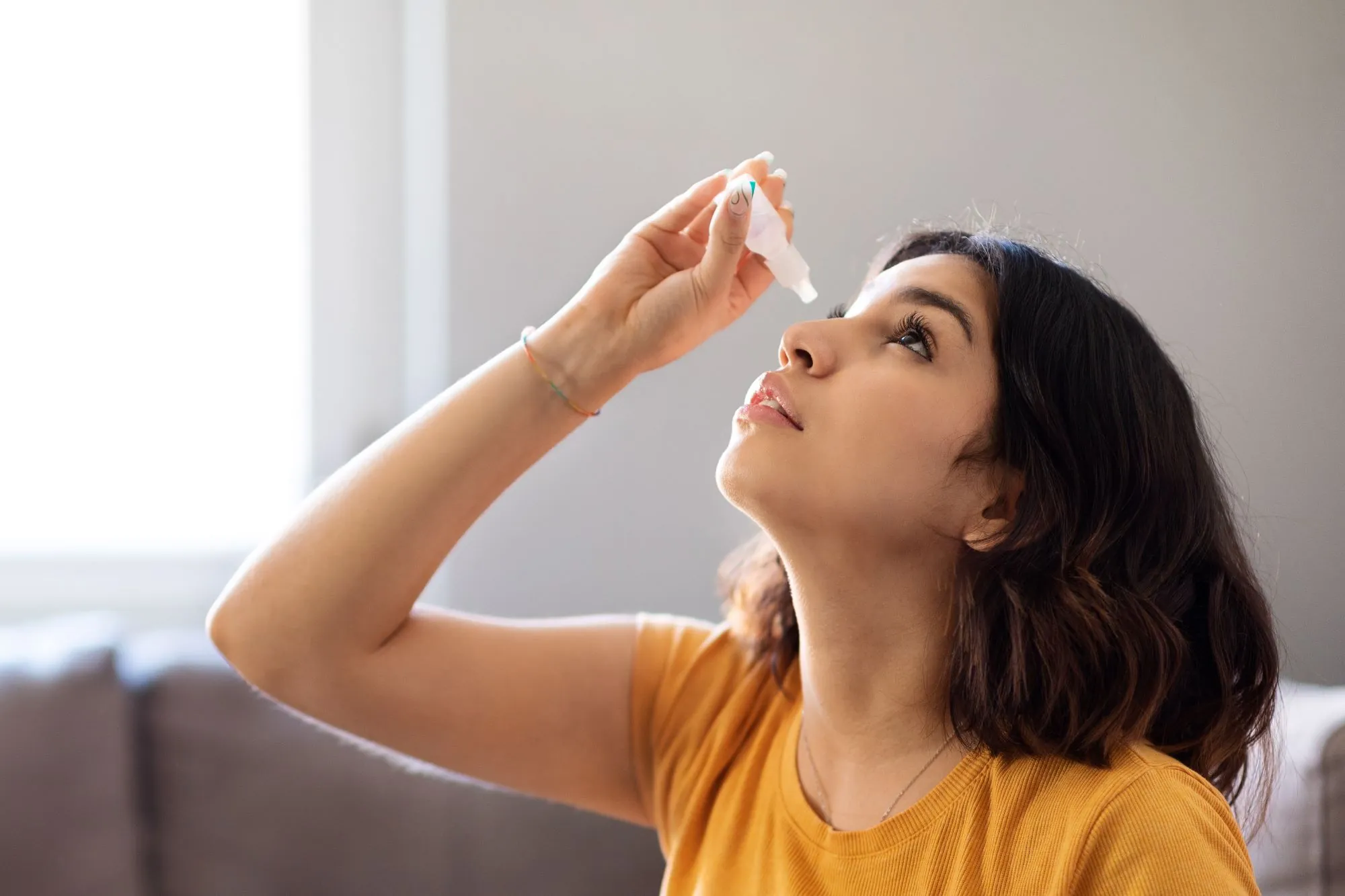
If you‘re experiencing ongoing symptoms of blepharitis, such as redness, burning, or crusting, don’t wait. Contact Joseph Hayes today to schedule an appointment with one of our experienced eye care specialists.
